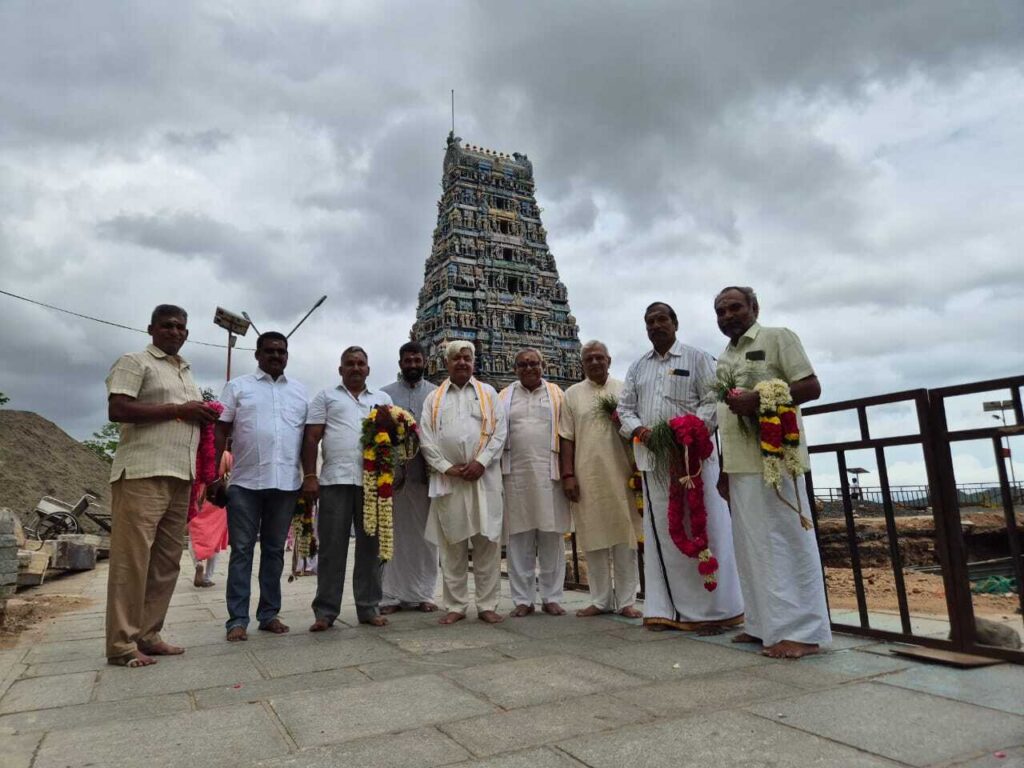
 Hindi language was given the status of official language on 14 September 1949; hence this day is celebrated as Hindi Diwas across the nation. Mahatma Gandhi called Hindi the language of the masses and talked about making Hindi the national language of the nation. “Using Hindi in national practice is necessary for the progress of our nation,” he said. Recently, an amendment in the revised standard Devanagari script was initiated by Central Hindi Directorate.
Hindi language was given the status of official language on 14 September 1949; hence this day is celebrated as Hindi Diwas across the nation. Mahatma Gandhi called Hindi the language of the masses and talked about making Hindi the national language of the nation. “Using Hindi in national practice is necessary for the progress of our nation,” he said. Recently, an amendment in the revised standard Devanagari script was initiated by Central Hindi Directorate.
Its statement reads as follows:
Work of standardizing Hindi spellings was initiated after the long discussions between, various ministries, language experts, voluntary Hindi organizations and state government officials. First such book, titled, “Hindi Vartani ka Manakikaran” was published in 1967. Again, its revised and enlarged edition of this book was published in 1983 with the title, “Devanagari Lipi tatha Hindi Vartani ka Manakikaran.” Looking into the ever-increasing demand of this book, it was reprinted in 1989, and was distributed free to the voluntary Hindi organizations, offices and educational institutions; to propagate the use of standard form of Hindi. To bring the uniformity in the use of Hindi language by all the ministries, state governments, educational institutions, N.C.E.R.T., newspapers and magazines; this standardized form of Hindi was officially adopted. Main criteria behind the standardization of Hindi spelling in 1967, was the typing instrument and the users. In the era of new information technology; need to revise and extend the standard Hindi spelling in Devanagari script; was felt very strongly. It was very cumbersome to work with existing softwares and fonts of Hindi on the computer. To resolve this issue, a unicode was developed.
Some language based ‘diacritical marks’ were developed with the new Devanagari alphabet, so that other languages included in the 8th schedule of the constitution can be written in Devanagari script as well. Presently, 22 languages are there in the 8th schedule of the Indian Constitution. Accordingly, task of developing ‘diacritical marks’ of Left out Languages, whose diacritical marks were developed. Its revised and enlarged edition was published in 2016. Latest edition of this book, ‘Devanagari Lipi tatha Hindi Vartani ka Manakikaran’, will pave the way for the increased use of Hindi Language; in the time of computerization, standardization and modernization.

